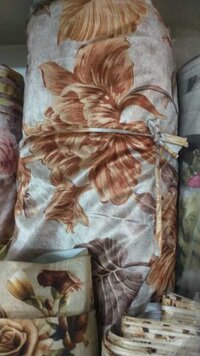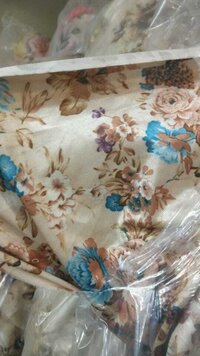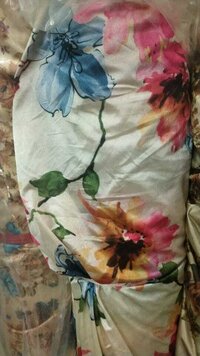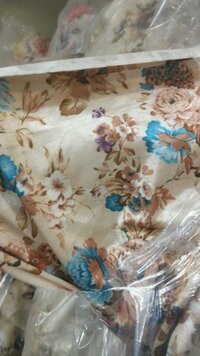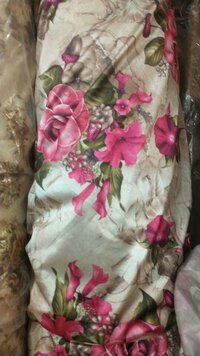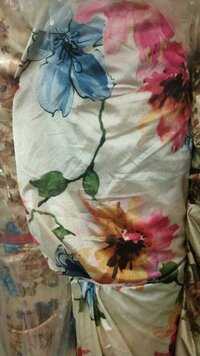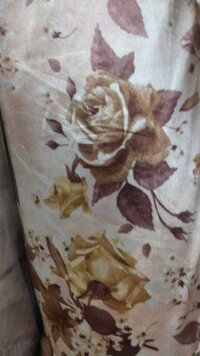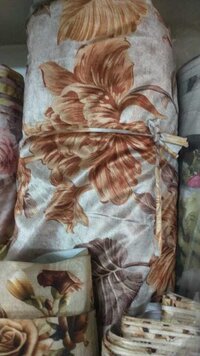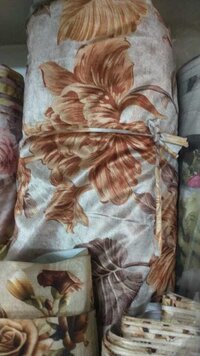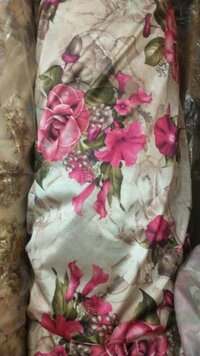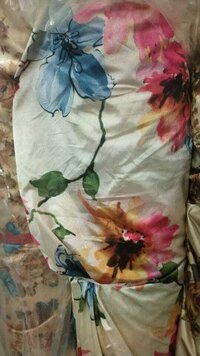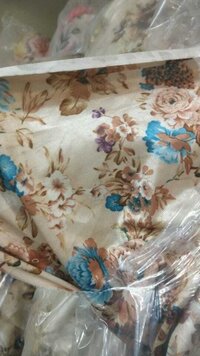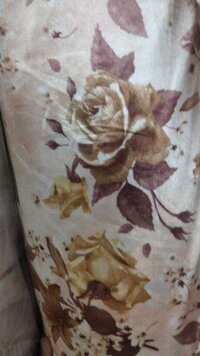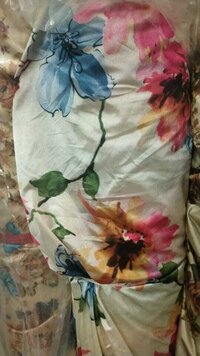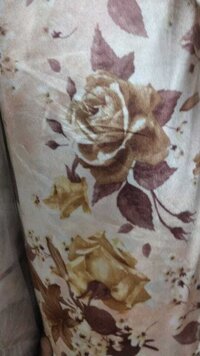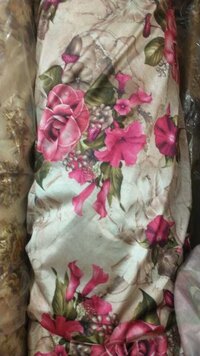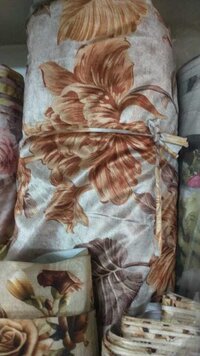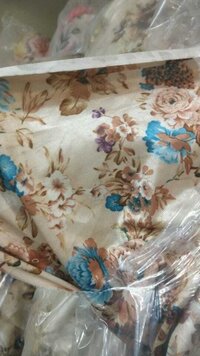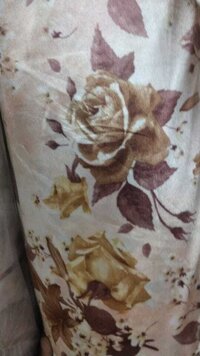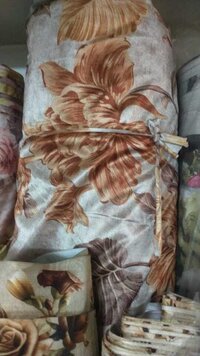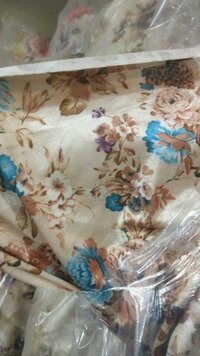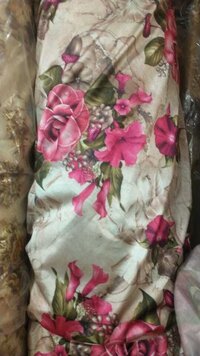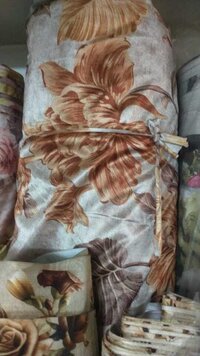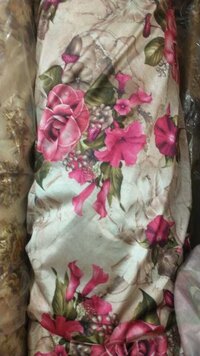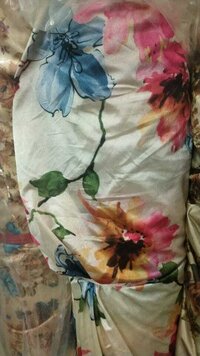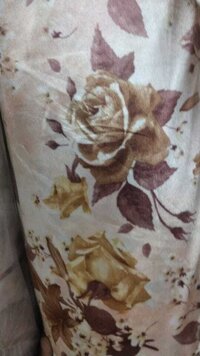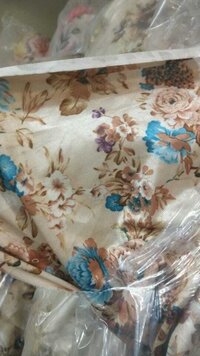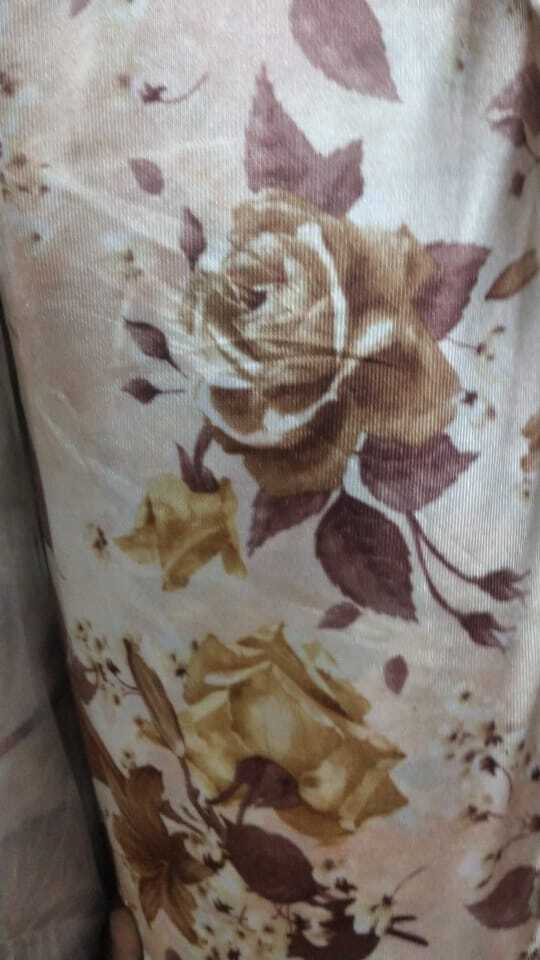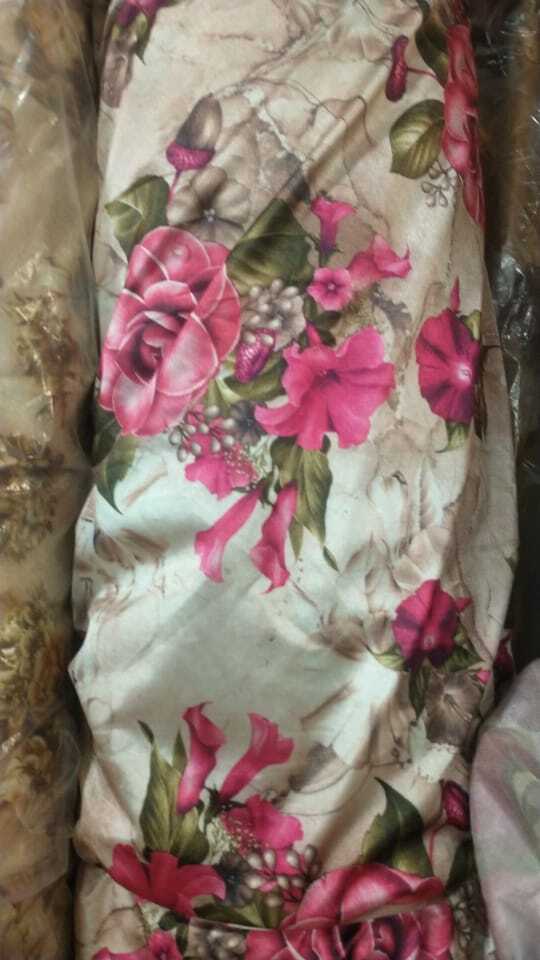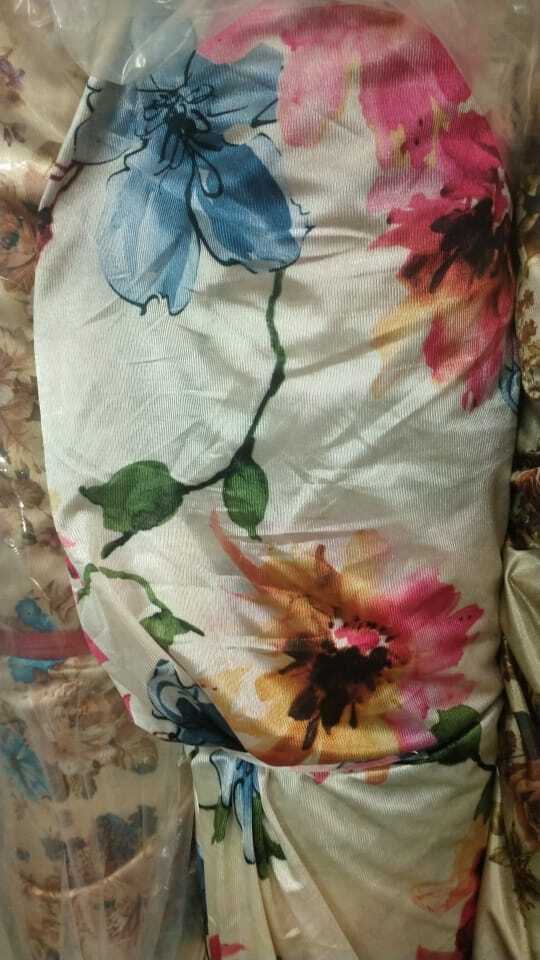Printed Knitted Fabric
Product Details:
- Color Multicolor
- Technics Knitted
- Pattern Printed
- Feature Light in Weight
- Fabric Material Polyester
- Fabric Texture Smooth
- Style Knitted
- Click to View more
Printed Knitted Fabric Price And Quantity
- 57 INR/Meter
- 125.00 - 120.00 INR/Meter
- 300 Meter
Printed Knitted Fabric Product Specifications
- Printed
- Light in Weight
- Smooth
- All
- 56 Inch (in)
- Knitted
- Knitted
- Multicolor
- Polyester
Printed Knitted Fabric Trade Information
- 50000 Meter Per Month
- 03 Days
- Sample costs shipping and taxes has to be paid by the buyer
- All India
Product Description
Knitting needles or knitting machines are used to connect yarn loops to create knitted cloth. It is a versatile fabric that may be produced from a variety of materials including synthetic fibres like polyester or nylon and natural fibres like cotton wool or silk.
Knitted cloth has a number of benefits. It is renowned for being stretchable and flexible, allowing for easy movement and an excellent fit. Knitted fabric is stretchy, which makes it resistant to wrinkling and creasing. In addition, depending on the type of fibre used knitted fabric can offer insulation, is lightweight, and is breathable.
There are various knitted fabric kinds, such as jersey, rib, interlock, and cable knits, each with their own unique properties and aesthetics. For instance, rib knit has elevated vertical lines, whereas jersey knit has a smooth and elastic surface. The drape texture, and aesthetic appeal of the fabric can all be impacted by the knit pattern selection.
Knitted fabric is frequently utilised in a variety of clothing items, including sportswear, t-shirts, socks, and sweaters. In addition, it is utilised in upholstery, throws, and other home textiles. Knitted fabric comes in a variety of weights due to its adaptability, ranging from thin and breathable to thick and cosy.
It is typically advised to adhere to the manufacturer's care instructions when taking care of knitted cloth. While some knitted textiles may be appropriate for machine drying or mild hand washing, others may need to be dried by air or in a machine using a delicate cycle.
In general, knitted fabric offers cosiness, adaptability, and a variety of design options. Many apparel and textile applications like it because of its elasticity, breathability, and softness.

Price:
- 50
- 100
- 200
- 250
- 500
- 1000+


